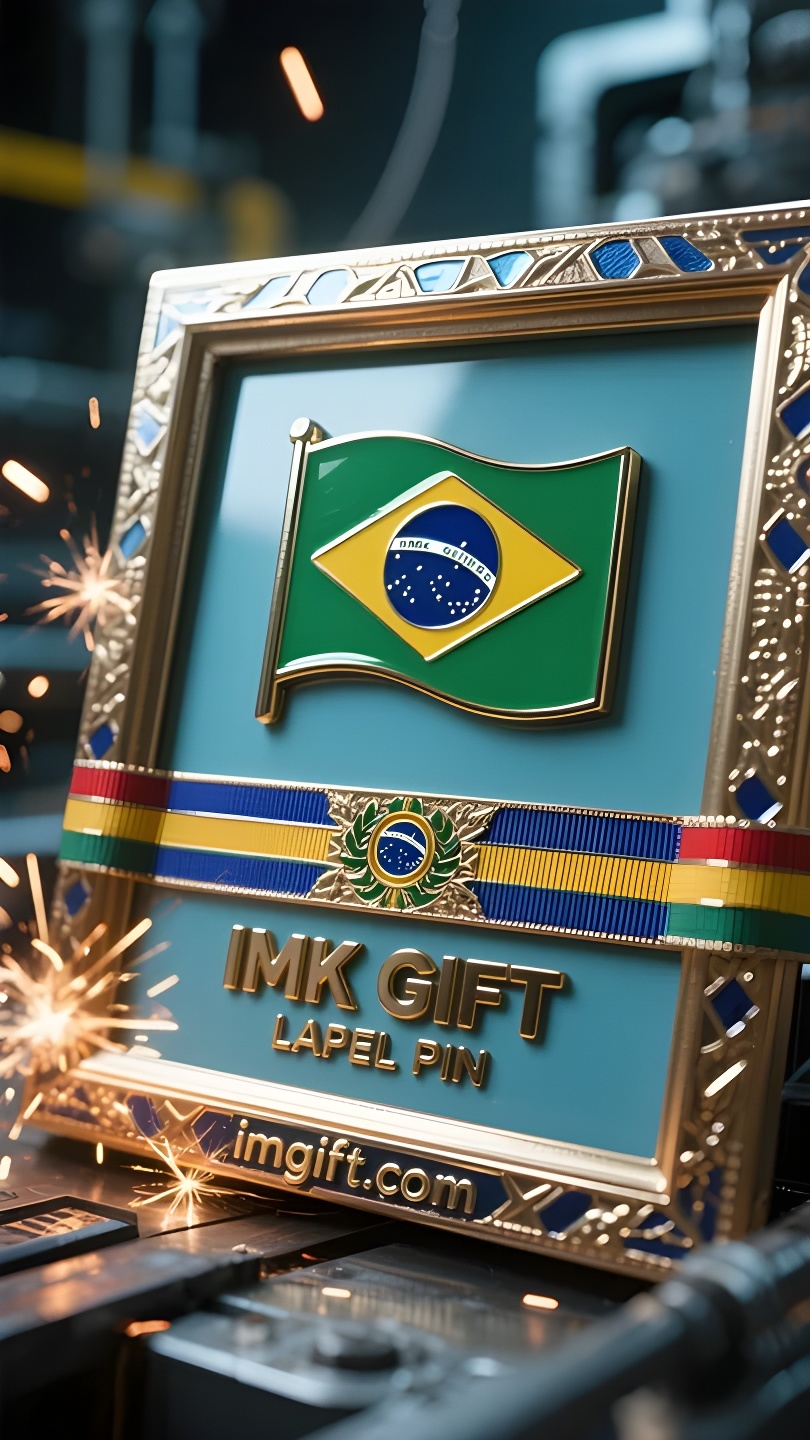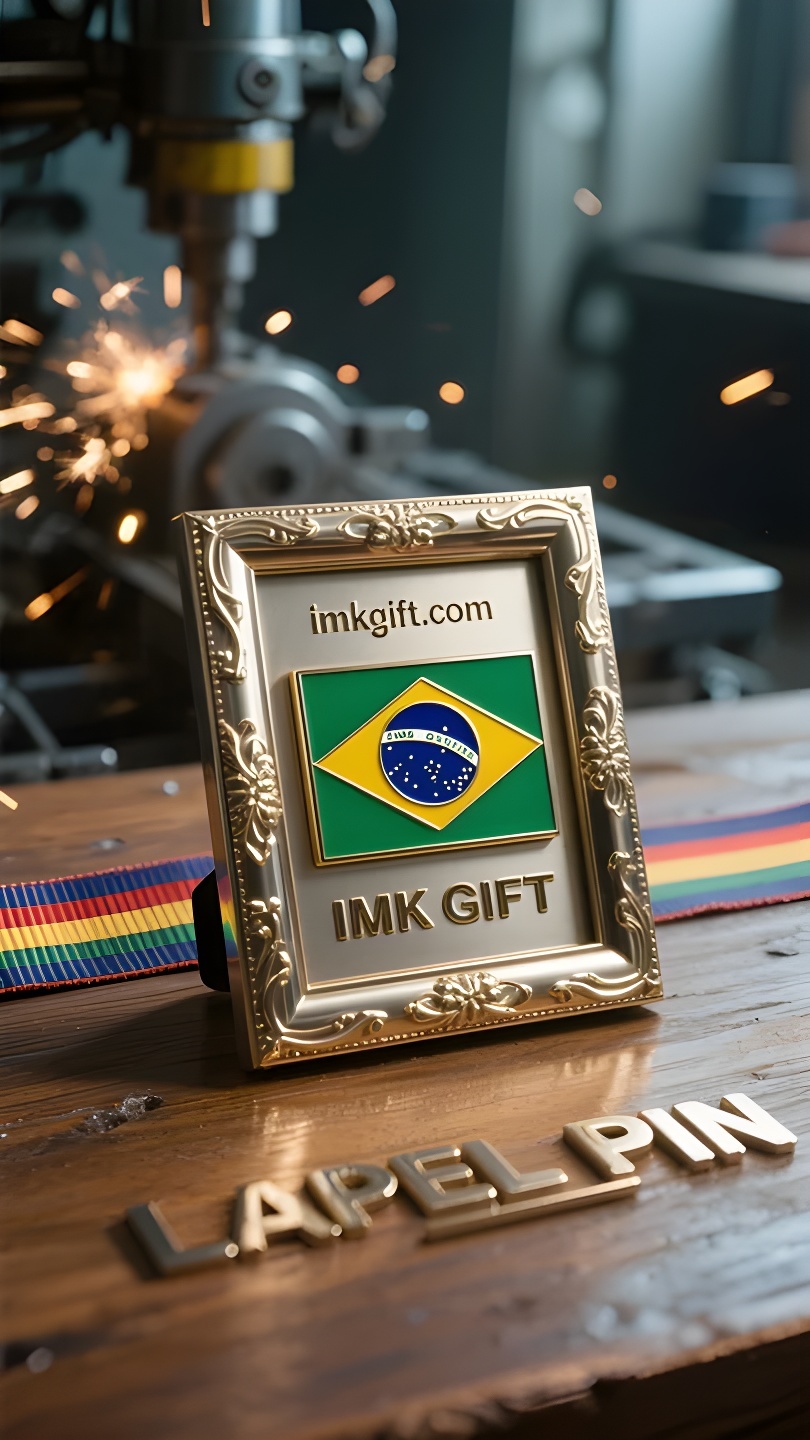in998-Os-galhos-e-folhas-que-emolduram-as-estrelas-repletos-de-respostas-brasileiras
▼
Em setembro, as faíscas das comemorações do Dia da Independência no Brasil ainda estão acesas. Quando as pessoas olham para a bandeira nacional com fundo verde e bordas douradas, sempre pensam na moldura de galhos e folhas que circundam o emblema nacional – o arco tecido por folhas de café e tabaco, como um par de palmeiras fechadas, segurando o Cruzeiro do Sul no centro. Esse círculo de molduras esconde a sabedoria mais simples do Brasil: a verdadeira proteção não é bloquear a fronteira, mas tolerar as diferenças. Café e tabaco já foram símbolos da economia colonial, mas após a independência, foram remodelados em um totem de unidade. Os anéis de estrelas que eles abraçam são tanto um olhar honesto para a história quanto uma promessa gentil para o futuro – quando diferentes galhos e folhas coexistem na moldura, as estrelas não cairão. Assim como as ruas do Rio de Janeiro, os grafites nas favelas e as luzes de neon de Copacabana compartilham o mesmo céu estrelado. Os galhos e folhas do emblema nacional lembram a cada brasileiro: o que estamos protegendo não é um espécime perfeito, mas uma ecologia que permite que toda a vida respire livremente. Os gritos de alegria do Maracanã, o canto dos pássaros na floresta amazônica e os tambores nas ruas de Salvador encontram seu lar nessa moldura invisível. À medida que novos brotos crescem através das rachaduras da história colonial e estrelas brilham entre os galhos, os brasileiros respondem com duzentos anos de persistência: a verdadeira fronteira nacional não está na borda do território, mas no peito de todos que se dispõem a abrir os braços. Essa moldura infinita de galhos e folhas é um longo poema escrito por uma nação para o mundo.
In September, the sparks of the Independence Day celebrations in Brazil are still ignited. When people look up at the national flag with a green background and gold edges, they always think of the frame of branches and leaves surrounding the national emblem – the arc woven by coffee leaves and tobacco leaves, like a pair of closed palms, holding up the Southern Cross in the center. This circle of frames hides the simplest wisdom of Brazil: the real protection is not to block the border, but to tolerate differences. Coffee and tobacco were once symbols of the colonial economy, but after independence, they were recast into a totem of unity. The star rings they embrace are both an honest gaze at history and a gentle promise to the future – when different branches and leaves coexist in the frame, the stars will not fall. Just like the streets of Rio de Janeiro, the graffiti in the slums and the neon lights of Copacabana share the same starry sky. The branches and leaves of the national emblem remind every Brazilian: what we are protecting is not a perfect specimen, but an ecology that allows all life to breathe freely. The cheers of the Maracanã Stadium, the birdsong in the Amazon rainforest, and the drums on the streets of Salvador all find their home in this invisible frame. As new buds grow through the cracks of colonial history, and as stars shine among the branches, Brazilians have answered with two hundred years of persistence: the true national border is not at the edge of the territory, but in the chest of everyone who is willing to open his arms. This never-ending frame of branches and leaves is a long poem written by a nation to the world.
九月的巴西,独立日庆典的星火未熄。当人们仰望绿底金边的国旗,总会想起国徽外环绕的枝叶相框——咖啡叶与烟草叶编织的弧形,如一双合拢的手掌,托起中央的南十字星。
这圈相框藏着巴西最朴素的智慧:真正的守护,不是封锁边界,而是包容差异。咖啡与烟草曾是殖民经济的符号,却在独立后被重新熔铸成团结的图腾。它们环抱的星环,既是对历史的诚实凝视,也是对未来的温柔承诺——当不同的枝叶在相框里共生,星辰才不会坠落。
正如里约热内卢街头,贫民窟的涂鸦与科帕卡巴纳的霓虹共享同一片星空。国徽的枝叶提醒每个巴西人:我们守护的不是某个完美的标本,而是让所有生命自由呼吸的生态。马拉卡纳体育场的欢呼、亚马逊雨林的鸟鸣、萨尔瓦多街头的鼓点,都在这个无形相框里找到归属。
当新芽穿透殖民史的裂缝生长,当星辰在枝叶间流转生辉,巴西人用两百年的坚持作答:真正的国境线,不在版图边缘,而在每个愿意张开双臂的胸膛里。这圈永不完结的枝叶相框,正是一个民族写给世界的长诗。
▼
Contact Us
📞 Tel: +0086-760-85286839
📧 Email: sales3@imkgift.com








